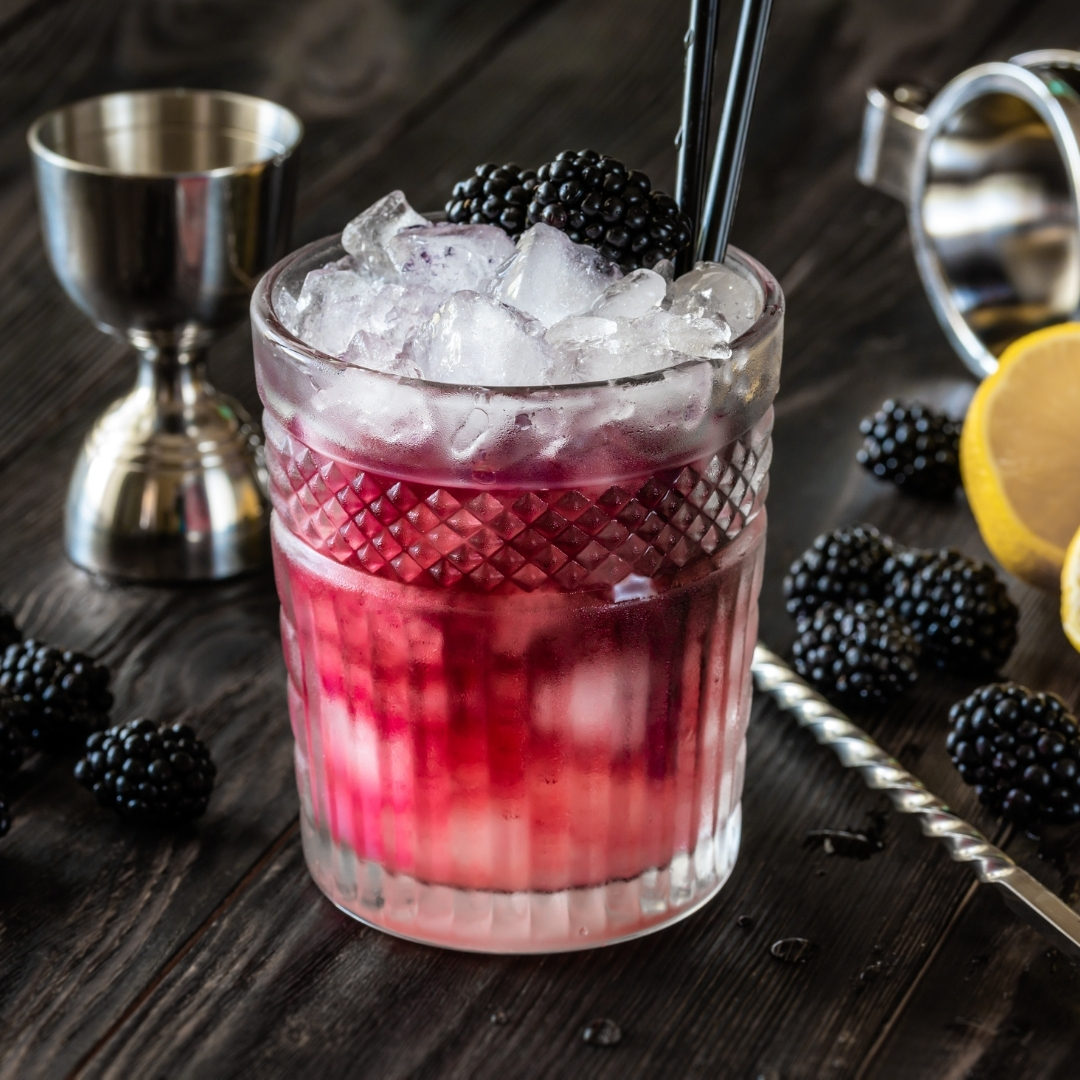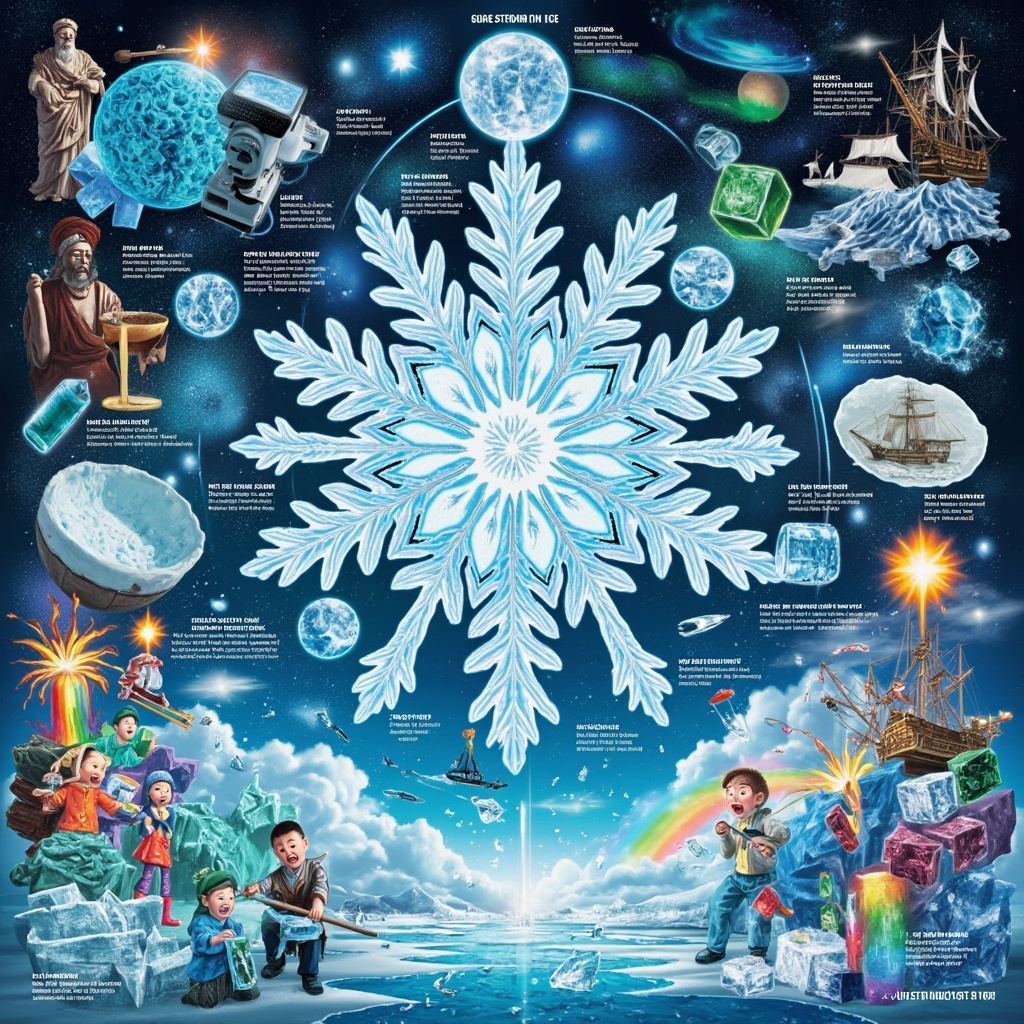-
ICE CUBE BAGS
Practical, clean, and space saving! Just fill, flip and let it seal itself. 28 perfectly shaped, odor free cubes ready anytime. Perfect for drinks, parties, travel or first aid use. Enjoy freshness anytime!
What Are Ice Cube Bags?
Ice cube bags are pre-molded plastic bags that create individual ice compartments. You simply fill them via the top funnel, seal them with a self-closing mechanism, and freeze. Their design accommodates water expansion, keeping each cube intact and leak-free
Why Choose Ice Cube Bags Over Trays?
Space Saver & Clean Setup
Sleek and flat, they slide into freezer corners—ideal for compact spaces. Their self-sealing mechanism prevents spills.
Hygienic & Odor-Free
Each cube is sealed individually, reducing cross-contamination and unwanted freezer smell.
Convenience & Time Efficiency
No fiddling with trays—fill, freeze, tear and have ice ready instantly. Perfect for parties, outdoor use, or travel.
Different Types of Ice Bags
- Disposable:
Fill-once, freeze-once bags—mess-free disposal after use .
- Reusable:
Durable with zipper or silicone seals—dishwasher-friendly and eco-conscious .
- Instant Gel Packs:
Often used in medical settings for pain relief—activate instantly via squeezable cold chemicals.
How Ice Bags Work?
These bags combine flexible polyethylene with internal valves that block backflow once filled. As freezing water expands, the bag accommodates pressure without bursting.

Practical Uses for Ice Cube Bags
- Chill Drinks Neatly: No watered-down beverages—enjoy cool refreshment with style.
- Entertaining Made Easy: Pre-freeze cubes for events or sunny days.
- Picnics & Coolers: Great for keeping perishables cold in transit.
- Ice Therapy: Use for minor injuries, bruising or headaches—easy-to-handle convenience.
- Flavorful Freezing: Make juice, coffee, herbal-infused, or fruit-based cubes for enhanced drinks.
Choosing the Right Ice Cube Bag
Material & Thickness: Durable HDPE or LDPE plastics resist tearing.
Seal Quality: Zippers or self-sealing valves ensure leak-free performance.
Cube Size: Smaller cubes chill drinks faster; larger cubes last longer.
Recycle: Recycle used bags correctly.

COOK Ice Cube Solutions
Looking for ready-to-use, food-safe, practical ice bag options? COOK’s inventory includes BPA-free, self-sealing ice cube bags—perfect for kitchen, outdoor, and party use. Explore them here 👉 magaza.cook.com.tr Buz Torbası
Frequently Asked Questions
Q: Do ice bags burst?
A: No, they’re designed with flexible compartments to handle expansion .
Q: Are they food-safe?
A: Yes—look for BPA-free, food-contact-approved materials.
Q: Can I reuse disposable bags?
A: Better to use reusable versions—disposables are meant for one-time use and recycle mindfully.
Q: How do I seal the bags?
A: After filling the bags with water or preferred drink, all you have to do is turning the bag upside down fast and watch the bag seal itself.
Q: How can I remove the ice from the bag??
A: You can remove the ice by cutting with scissors or breaking it off at the bottom.
Q: Can I fill the ice bag with puree??
A: The Cook Ice Bag is designed for solid liquids. You can use it with solid fruit juices, from iced coffee to lemonade. For other liquids like purees, we recommend our Cook Flavor Cubes product. You could find the product here: magaza.cook.com.tr
History of Ice
🌍 1. Natural History of Ice on Earth
🧊 A. Ice in Earth’s Geological Past
- Ice has existed on Earth for billions of years. The earliest known ice ages date back to 2.4 billion years ago during the Huronian Glaciation.
- Earth has gone through multiple glacial (cold) and interglacial (warm) periods, with ice sheets expanding and retreating over time.
- The most recent ice age began about 2.6 million years ago in the Quaternary Period — we are still technically in it, during an “interglacial” phase.
❄️ B. Ice Shapes the Planet
- Glaciers have carved valleys, fjords, and shaped entire continents. Ice regulates Earth’s climate system, reflects solar radiation (albedo effect), and stores over 70% of Earth’s freshwater.

🏺 2. Ice in Human History
🧊 A. Early Civilizations and Ice
- Long before refrigeration, ancient civilizations found clever ways to store and harvest ice:
- Persians (as early as 400 BCE) built “Yakhchals” — large domed structures to store ice year-round in deserts.
- Romans and Greeks used snow from mountains mixed with honey and fruit juices — a form of early ice cream!
🌍 B. The Natural Ice Trade (19th Century)
- In the 1800s, ice became a global commodity.
- Entrepreneurs (like Frederic Tudor, the “Ice King”) harvested ice from frozen lakes in the U.S. and exported it to the Caribbean, India, and Europe.
- Ice was stored in insulated ships or warehouses with sawdust and straw.
🧊 C. The Rise of Artificial Ice
- By the late 1800s and early 1900s, refrigeration technology allowed humans to produce ice artificially.
- The first commercial ice-making machines were invented around 1850.
- By the mid-20th century, electric refrigerators and freezers became household staples.
🚀 3. Ice in Modern Science and Beyond
🌡️ A. Climate Science
- Ice cores from Antarctica and Greenland provide climate records going back 800,000+ years.
- These cores reveal past temperatures, greenhouse gas levels, and major volcanic eruptions.
🌌 B. Ice Beyond Earth
- Mars, the Moon, Europa (Jupiter’s moon), and Enceladus (Saturn’s moon) all contain water ice.
- Scientists believe ice may be key to finding extraterrestrial life.
🧬 C. Cryogenics and Medicine
- Ice is essential in medical preservation, organ transplants, and cryogenics (preserving cells or even bodies at sub-zero temperatures).
📌 Summary
Time Period | Ice’s Role |
|---|---|
Prehistoric Earth | Climate regulation, shaping landforms |
Ancient Civilizations | Storage, luxury, and cooling uses |
1800s (Ice Trade) | Global commodity shipped across oceans |
1900s–Today | Artificial ice, refrigeration, medical use |
Future & Science | Climate data, space exploration, cryonics |
Interesting Scientific Facts About Ice
- 🧊 Ice Floats — and That’s Rare!
- Most substances become denser when they freeze.
- Ice is less dense than liquid water, so it floats.
- This is due to the hexagonal crystalline structure of ice, which takes up more space.
- If ice sank, oceans and lakes would freeze solid from the bottom up, making life impossible in many aquatic ecosystems.
- 🌡️ Water Can Freeze Above or Below 0°C
- Normal freezing point: 0°C (32°F), but:
- Supercooling: Water can remain liquid below 0°C if undisturbed.
- High pressure: Can lower the freezing point.
- Impurities (like salt): Also lower the freezing point — that’s why salt melts ice on roads.
- 🌈 Bubbles Make Ice Look White — Not the Ice Itself
- Pure ice is transparent.
- Ice appears white due to tiny air bubbles and cracks that scatter light.
- Blue ice occurs when ice is very dense and free of bubbles — it absorbs red light and reflects blue.

- 🔄 Ice Has Over 19 Different Forms
- Scientists have discovered at least 19 different crystal structures of ice, called Ice I to Ice XIX.
- Most common: Ice Ih (hexagonal) — found in snowflakes and ice cubes.
- Others form under extreme pressure and temperature, like deep in planetary interiors.
- 🔥 Hot Water Can Freeze Faster Than Cold (Mpemba Effect)
- Known as the Mpemba Effect, discovered by a Tanzanian student in the 1960s.
- Under some conditions, hot water freezes faster than cold.
- Still a topic of scientific debate — reasons may include:
- Faster evaporation
- Convection currents
- Less dissolved gas in hot water
- 🐾 Bacteria and Algae Live in Ice
- Ice sheets and glaciers host extremophiles — microbes that live in cold, salty, and dark environments.
- These life forms help scientists understand how life could exist on Mars or icy moons like Europa and Enceladus.
- 🌍 Ice Records Ancient Climate
- Ice cores drilled from Antarctica and Greenland contain air bubbles that preserve ancient atmospheres — up to 800,000+ years old.
- They help scientists understand past carbon dioxide levels, temperature patterns, and volcanic eruptions.
- 🧪 Sublimation: Ice Can Turn Into Vapor Without Melting
- This process is called sublimation.
- Happens in low humidity or high altitude — for example, ice shrinking in a freezer over time.
- 🌌 Ice Exists Throughout the Solar System
- Ice is found on:
- Mars
- The Moon’s poles
- Comets
- Moons like Europa, Ganymede, Titan, Enceladus
- In space, ice can contain not just water, but frozen gases like methane, ammonia, and carbon dioxide.
- 💡 Ice Reflects Light and Cools the Planet
- Ice and snow reflect up to 90% of sunlight — this is called the albedo effect.
- As polar ice melts due to climate change, darker ocean water absorbs more heat → warming accelerates (a dangerous feedback loop).
Bonus Fact:
🔬 Frozen frogs exist!
Some frog species (like the wood frog) freeze solid in winter — heart stops, blood turns to slush — and revive in spring. Nature’s cryogenics!
Fun Facts About Ice
🧊 1. No Two Snowflakes Are Alike!
- Every snowflake is unique in shape due to tiny variations in temperature and humidity as it falls.
- Under a microscope, they reveal stunning six-sided (hexagonal) symmetry.
🌈 2. Ice Can Be Blue, Green, or Even Black
- Blue ice: Extremely dense, air-bubble-free glacial ice.
- Green ice: Sometimes caused by algae or mineral content in Antarctic ice.
- Black ice: A thin, nearly invisible sheet of ice on roads — dangerous and sneaky!
🧁 3. Ancient “Ice Cream” Dates Back to 200 BCE
- Chinese royalty used snow mixed with milk and rice — an early form of ice cream.
Romans used snow from mountains mixed with honey or fruit juice.
🧪 4. Hot Water Can Freeze Faster Than Cold! (Seriously!)
- It’s called the Mpemba Effect — and it actually happens under certain conditions.
- Scientists still debate why. One theory: hot water evaporates faster, reducing the amount that needs to freeze.

🧊 5. There’s an Entire Industry of “Fancy Ice”
- High-end bars use crystal-clear, slow-melting ice cubes cut with chainsaws or custom machines.
- Why? Less dilution + more aesthetic = better cocktails 🍸
🌍 6. Antarctica Is the Driest AND Coldest Place on Earth
- It’s technically a polar desert — some parts haven’t seen rain or snow in millions of years!
- But it holds about 90% of Earth’s ice and 70% of its freshwater.
🎨 7. You Can Paint With Ice!
- Freeze colored water into cubes and use them to “paint” on thick paper or fabric.
- Great for kids and sensory play — and it melts into a watercolor masterpiece!
📦 8. Before Fridges, Ice Was a Luxury
- In the 1800s, people shipped natural ice from frozen lakes in New England to the Caribbean, India, and Europe!
- Ice was cut into blocks, packed in sawdust, and shipped on giant sailing ships.
🌌 9. Ice in Space Is Super Weird
- Some comets are “dirty snowballs” made of ice and dust.
- Icy moons like Europa and Enceladus might have oceans under their frozen crusts — possibly even alien life 👽
🧊 10. Ice Can Sing!
- Cracking ice on a frozen lake can make bizarre laser-like pinging sounds or deep booms.
- It’s caused by vibrations traveling through the ice sheet.
🎉 Bonus Fun:
🧊 Clear Ice Tip
If you want clear ice cubes at home: boil water twice, let it cool, and then freeze it slowly. Crystal clear — just like in fancy bars!
Food & Drink Presentation Tips Using Ice
🍸 1. Use Clear, Slow-Melting Ice for Drinks
- Why: It looks elegant and melts slower, preserving flavor.
- How to achieve clear ice:
- Use boiled and cooled distilled water.
- Freeze it slowly in an insulated container (like a cooler).
- Remove cloudy parts — or buy ice molds for perfect spheres or cubes.
🧊 2. Infuse Ice Cubes with Flavors or Flowers
- Add mint leaves, edible flowers, citrus zest, berries, or cucumber slices to your ice trays.
- Great for sparkling water, lemonade, iced tea, or cocktails.
- Match the flavors to the drink (e.g., lavender ice in lemonade).
🧁 3. Serve Cold Desserts on Ice Platters
- Place frozen fruit, mini cheesecakes, or chocolate-dipped strawberries on a bed of crushed ice to keep them fresh and stunning.
Use ice bowls or trays with decorative edges.

🥂 4. Create an Ice Bucket with Embedded Decor
- Freeze a layer of water in a large container.
- Add decorative elements like:
- Lemon/lime slices
- Cranberries
- Pine sprigs
- Edible flowers
- Pour another water layer over them and freeze again.
- Use to chill wine, champagne, or juice bottles with flair.
🍧 5. Display Seafood Over Crushed Ice
- Crushed or flaked ice is a must for oysters, shrimp cocktails, or smoked salmon.
- Add lemon wedges, dill, or parsley for extra color.
- Use shallow trays with drainage to avoid soggy presentation.
🍹 6. Use Flavored Ice in Iced Beverages
- Freeze coffee into cubes for iced coffee.
- Freeze herbal tea or fruit juice for iced teas and sangrias.
- These melt without watering down your drink — and add visual interest.
🧊 7. Make Ice Glasses or Bowls
- Use silicone molds to make ice cups or bowls — great for serving:
- Sorbets
- Mini cocktails
- Optional: add color with natural juices or edible flowers inside the mold.
🎨 8. Bespoke Ice Shapes for Themed Events
- Use molds shaped like stars, hearts, skulls, etc. for events like:
- Weddings
- Halloween
- Baby showers
- Instant wow factor for both kids and adults.
🌿 9. Chilled Fruit Skewers Over Ice Bed
- Place colorful fruit skewers (kiwi, pineapple, berries) on a tray of crushed ice.
- Refreshing and eye-catching — especially for brunch or summer events.
Find perfect skewers here: https://magaza.cook.com.tr/cook-cop-sis
❄️ Bonus: Dry Ice for Dramatic Effect
- Use with caution (gloves/tongs required).
- Place dry ice in a bowl of water to create fog/mist for drink stations or seafood buffets.
- Never consume or place directly in a drink without special preparation.
